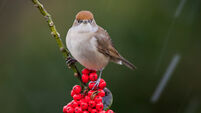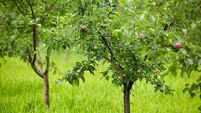Peter Dowdall: Design your garden so it looks good and supports wildlife
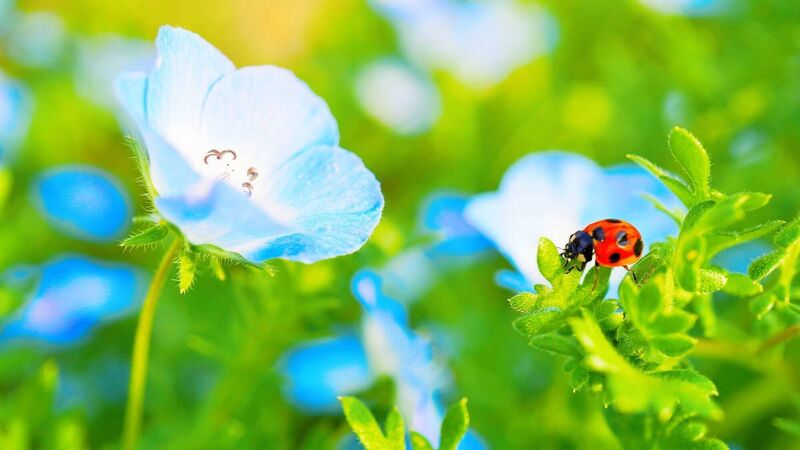
A healthy diversity of species (both plant and animal) in your garden prevents the unnatural build-up of any one species. File pictures
Creating a beautiful garden doesn't have to be time-consuming and labour-intensive. It's important to design a garden that not only adds aesthetic appeal to your surroundings but also attracts and supports wildlife. By understanding the natural balance that exists in your garden, you can achieve both of these goals.
What the term, natural balance means in essence is that by ensuring a healthy diversity of species (both plant and animal) in your garden, you will prevent the unnatural build-up of any one species.
So, how do you maintain and enhance that all-important natural balance in your garden?
Incorporating native plants into your garden is key to fostering a natural balance. Native plants have adapted to the local climate, soil, and wildlife, making them low maintenance and attractive to local species. They provide food, shelter, and nesting sites for birds, butterflies, and other wildlife, enhancing biodiversity in your garden. They have adapted to suit local conditions and have developed complex relationships with local insects and wildlife.
Aim for a variety of plants, including trees, shrubs, perennials, and annuals. This diversity will create different layers within your garden, providing food and shelter for various wildlife species. Consider incorporating plants with different flowering periods to ensure a continuous food source for pollinators throughout the seasons.
Wildlife, especially birds and insects, need access to clean water for drinking and bathing. Install a bird bath or a shallow pond with a sloping edge in your garden. Adding a small fountain or creating a rain garden can also help attract wildlife while adding a soothing element to your outside space.
Pesticides and herbicides not only harm beneficial insects but also disrupt the natural balance of your garden. Instead, opt for organic pest control methods, such as companion planting or introducing natural predators like ladybirds and nematodes. By avoiding harmful chemicals, you create a safe and healthy environment for both wildlife and your family.
Regular maintenance is essential to keep your garden looking its best while supporting wildlife. Remove invasive plants and provide adequate space for all plants to thrive. Additionally, periodically clean and refill bird feeders and water sources to ensure a steady supply for the wildlife visitors.
When you are creating a beautiful and wildlife-friendly garden, one of the most important aspects to consider is the selection of plants. Native plants are species that naturally occur in Ireland and have adapted to our climate, soil conditions, and wildlife. By incorporating native plants into your garden design, you can create a sanctuary that not only enhances the visual appeal but also attracts a diverse array of wildlife.
Start by exploring the native plants that thrive in your area. Familiarise yourself with the local gardens, nurseries, or online resources that provide information on native plant species. By understanding the native flora, you can select plants that are well-suited for your garden's specific conditions and can provide food and habitat for local wildlife.
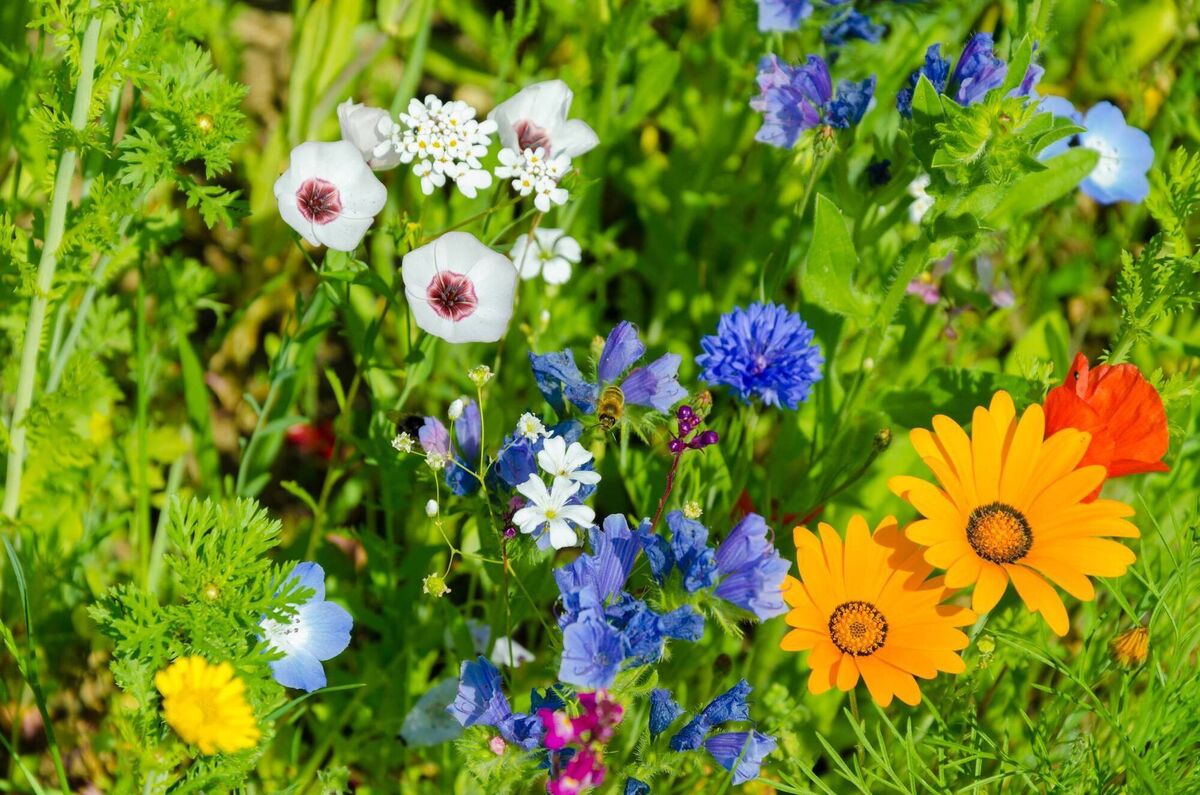
Aim for a diverse range of plants in your garden. Different plant species offer unique benefits to wildlife, such as nectar-rich flowers for pollinators, berries for birds, or host plants for butterflies. Larger shrubs and trees can offer nesting sites for birds and other wildlife. By incorporating a variety of plants, you can attract a wider range of wildlife, creating a vibrant and balanced ecosystem.
Select plants that offer year-round interest. Choose species that bloom at different times, ensuring a continuous source of blooms as well as food and nectar for wildlife throughout the seasons. Additionally, include plants with attractive foliage, vibrant autumn colours, or winter berries to provide visual interest and sustenance during the colder months.
When choosing plants, think about creating different layers and habitats within your garden. Include tall trees, shrubs, understory plants, and groundcovers to provide shelter, nesting sites, and foraging opportunities for various wildlife species.
By structuring your garden with diverse plant heights and densities, you will create a multi-dimensional garden which can accommodate a wide range of creatures, from birds and butterflies to small mammals and beneficial insects.
Don't forget to include grasses and wildflowers in your garden design. These plants not only add texture and beauty but also attract a myriad of pollinators and beneficial insects. Many ornamental grasses provide nesting materials for birds and shelter for small mammals, while wildflowers offer abundant nectar sources for butterflies and bees.
By understanding and embracing the natural balance in your garden, you can create a beautiful and wildlife-friendly space and not only will you enjoy the visual appeal of your garden, but you'll also witness the joy of watching birds, butterflies, and other wildlife thriving in their natural habitat.
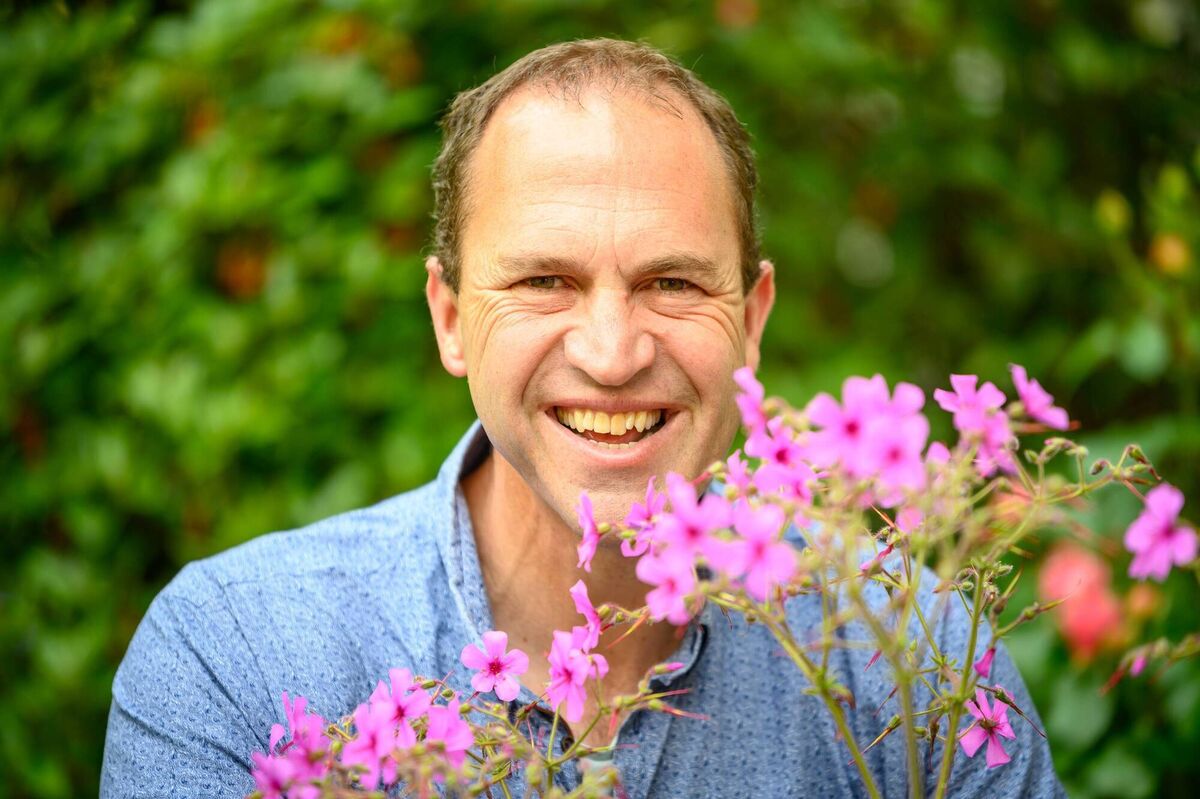
- Got a gardening question for Peter Dowdall? Email gardenquestions@examiner.ie




